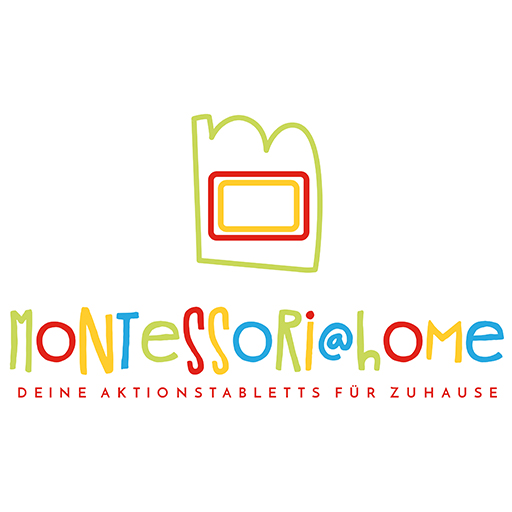
Fine Motor Skills
Promote Eye Hand Coordination and Pincer Grasp.
Toddlers are constantly practicing their grip technique and working with both hands. We can therefore continually look for new ways to promote them in these skills.
In each tab there is also a link to a separate page where we have presented a chronological order of activity trays of the different sections.The links to the mixed motor skills tray suggestions, sorted by age, can be found on the one hand at the top in the navigation bar, and on the other hand below the table. Again, as with our entire site, the ages are only guidelines, as all children develop at their own pace.
- Threading Activities
- Opening and closing activities
- Posting activities
- Puzzles
- Nuts and bolts, Pegboard and elastic bands
- Sorting
- Stereognostic bags
Children not only refine their eye-hand coordination through threading activities, but also train their dexterity and working with both hands.
Here’s a quick summary of the order in which threading activities can be provided:
- At about 12 months, a child can take large rings off a stick and thread them back on.
- Later, younger toddlers can sort them by size.
- There are also versions with sticks of different colors. At first the child will put all the rings on some stick, eventually he/she will start sorting them by the right color.
- After that we can offer the child to push a ring on a horizontally arranged stick, which is called crossing the center line.
- After the child has mastered rings, we move on to beads. An intermediate step for this is to slide beads onto a wooden stick.
- Now next is beads on shoelaces with a long wooden stick.
- Then large beads on a normal shoelace
- and finally small beads on a thin shoelace.
Another way to practice fine motor skills is to open and close various objects and containers. There is no specific order for this, yet we have some examples:
- Empty kitchen jars, containers with snap fasteners, tupperware bowls, purses with zippers, shoes with Velcro. To make it more fun, especially for small children, it is often useful to put a small object in the container, which the child will then find.
- A great activity in this area is also lock boxes with different hinges, which the child must open to get to the object inside.
Through various throwing and sticking activities, children learn to put objects into boxes and crates and begin to understand object permanence. By this we mean that if something goes away, it can come back. Here are some example activities:
- Up to 12 months of age, children enjoy throwing balls into boxes or hitting a hole with a hammer.
- From about 12 months, children can push shapes, first cylinders, through an opening. Once this is mastered, he or she then learns to handle more complex shapes, such as cubes and triangular pyramids.
- After that, the child can start pushing large coins, tokens or similar through a slot.
Children love puzzles. Even with puzzles, like threading, there is a great sequence of how we can help children learn to do puzzles.
- Babies and toddlers love to disassemble puzzles first. For this, you can give them grasping puzzles as soon as they can play on their bellies. These are special puzzles where each piece has a handle.
- After that, from the age of about 11 months, we start with a puzzle with only one piece. Then 2 pieces, then 3 pieces, depending on the child’s pace.
- Up to the age of 18 months, children can then progress to a puzzle with 9 pieces and small handles.
- After that, it is the turn of normal puzzles with pieces of the same size or in the form of three-dimensional objects. Here, the degree of difficulty then depends on the number of pieces.
In general, children do puzzles in a different way than adults. We usually start with the edges and corners, but children approach puzzles three-dimensionally and see which shapes fit together.
When we first do a puzzle with a child, we either have the option of showing them how we proceed or giving them only two matching pieces at a time. The children then slowly increase until they master the task.
Through these two activities, children’s fine motor skills can be trained well.
- Geoboard: The child improves his/her hand coordination by stretching the rubber bands.
- Screws: The child needs both hands to turn the nut from or onto the screw. Through this, he/she learns to work with both hands combined.
- To increase the difficulty, we can offer nuts and bolts in different sizes for the child to sort.
Toddlers start to get interested in sorting objects by size, shape and color at about 18 months. We put all the items mixed together in a basket and then provide the child with different sorting activities.
Some few examples of sorting objects are:
- Buttons of different sizes and colors
- Different kinds of nuts
- Colorful wooden blocks or Duplo bricks
The last activity to be introduced is stereognostic bags. These are bags that contain objects that the child has to feel. Most children start to be interested in this activity at the age of 2.5 years.
We can put the following in the bags:
– – Any objects or themed objects, which have a distinctive shape. A key or a spoon is easier to guess than a toy animal.
– Two identical objects each
















